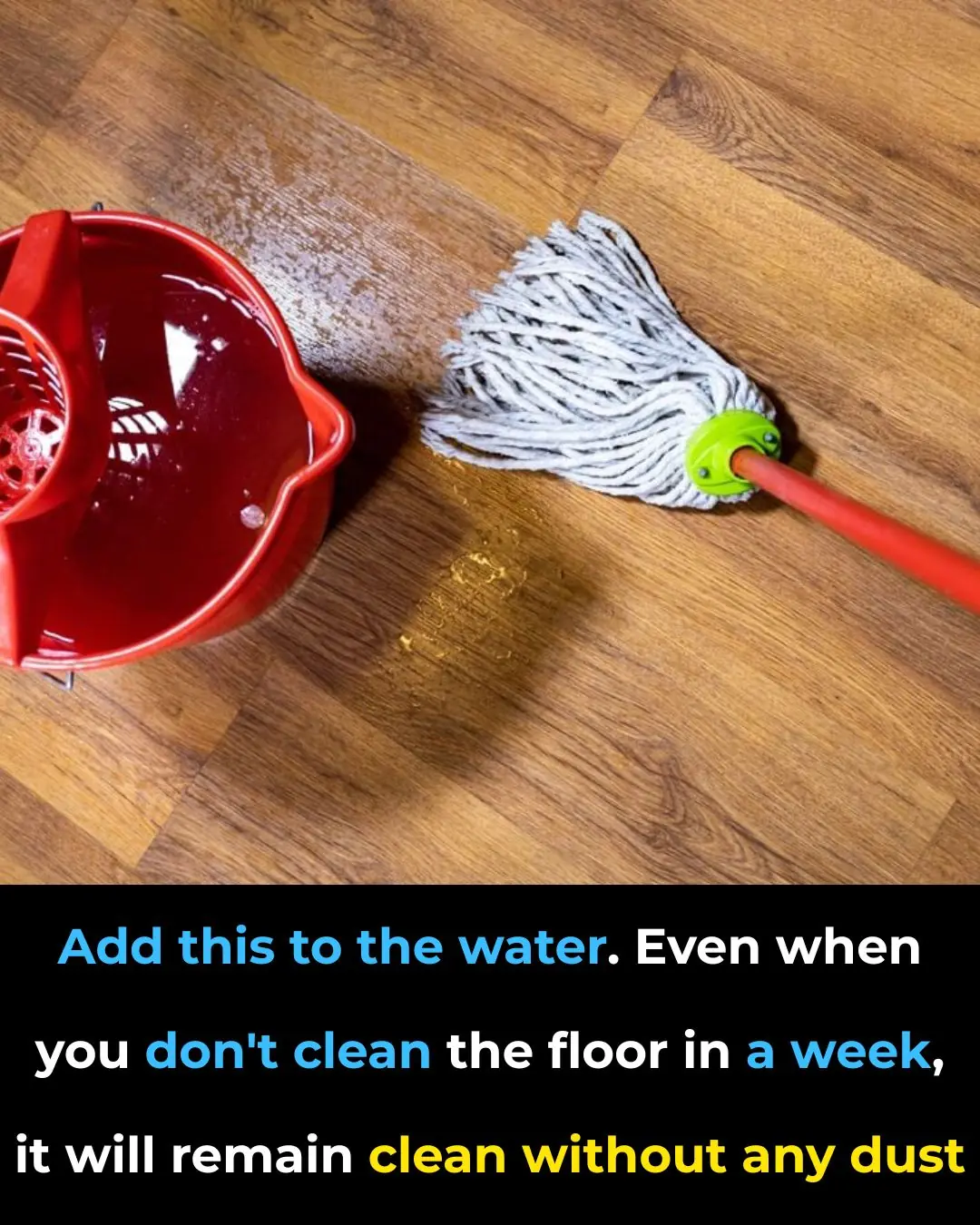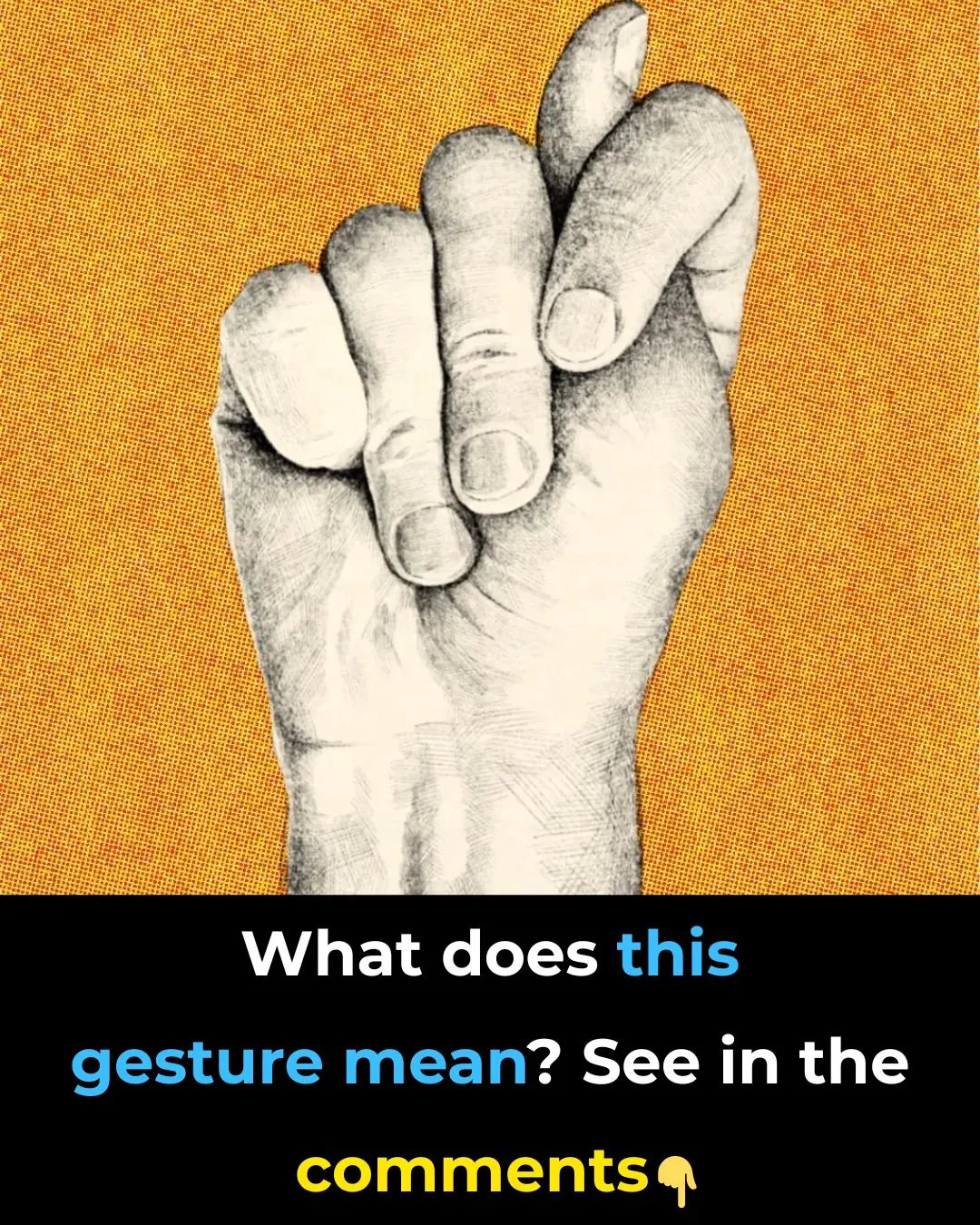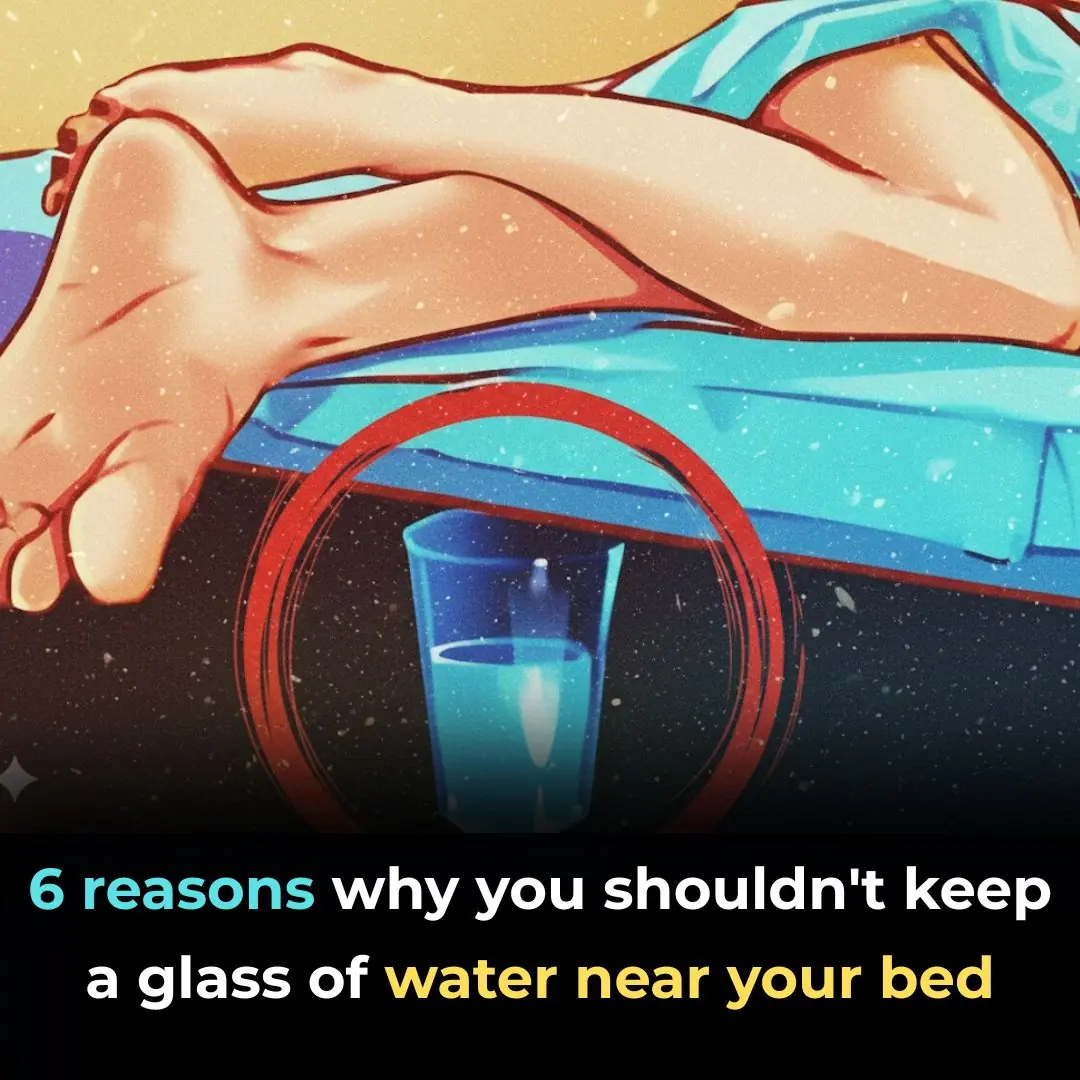
🍎 Apple Cider Vinegar Foot Soak: Benefits, Risks & What Science Says

Tired of foot odor, dry skin, or sore feet after a long day? You’ve probably come across the popular home remedy: the apple cider vinegar foot soak.
Promoted by countless blogs and wellness influencers, ACV soaks are often claimed to cure everything from fungus to fatigue. But how much of that is fact, and how much is fiction?
In this article, we’ll dive into the real science, the possible benefits, the risks you should know, and how to safely use ACV foot soaks at home.
🧪 What Is Apple Cider Vinegar?
Apple cider vinegar (ACV) is made by fermenting apple juice. This process produces a potent mix of compounds, including:
-
Acetic acid – the main active ingredient with antibacterial and antifungal properties
-
Malic acid – naturally occurring in apples, may help with fungal issues
-
Polyphenols and antioxidants – support skin health and help fight oxidative stress
Because of its natural acidity, ACV may help restore the skin’s pH and create an environment where bacteria and fungi struggle to grow.
✅ Potential Benefits of an ACV Foot Soak (With Realistic Expectations)
1. May Help Reduce Foot Odor
Foot odor often comes from sweat-loving bacteria that break down proteins into smelly compounds.
-
How ACV may help: Its acidity can inhibit bacterial growth and temporarily neutralize odors.
-
✅ Best for mild or occasional odor — not a replacement for regular hygiene.
🛁 Try this: Mix 1 part ACV to 2 parts warm water and soak for 15–20 minutes, once or twice a week.
2. May Support Mild Fungal Issues (Like Athlete’s Foot)
ACV has shown antifungal activity in lab studies, particularly against Candida and Trichophyton — the fungi behind athlete’s foot.
-
⚠️ Important: There are no clinical trials proving ACV cures fungal infections.
-
✅ It may be used as a complementary step, but not as a standalone treatment.
❗See a doctor if you notice cracking skin, spreading rashes, or persistent itching. OTC antifungals (like clotrimazole or terbinafine) are more effective.
3. May Soothe Tired, Achy Feet
This benefit has more to do with warm water than vinegar.
-
Soaking your feet in warm water improves circulation, eases muscle tension, and simply feels relaxing.
-
Some users report a slight tingling sensation from ACV — which may feel refreshing.
✅ Great as a self-care ritual, but not a medical fix for swelling, fatigue, or foot pain caused by circulatory or systemic issues.
4. May Help Soften Rough Skin
ACV’s mild acidity can help loosen and exfoliate dead skin cells — especially useful for dry heels or mild calluses.
-
✅ For best results: Follow the soak with a pumice stone or foot scrub, then moisturize thoroughly to avoid further dryness.
⚠️ Potential Risks & Precautions
Even though ACV is a natural product, it’s not completely risk-free — especially when used on the skin.
❌ Possible Side Effects Include:
-
Skin burns or irritation – undiluted vinegar is very acidic and can damage the skin
-
Stinging on cracked or open skin – vinegar can worsen wounds or delay healing
-
Unsafe for diabetics or people with neuropathy – foot soaks can increase the risk of unnoticed injury or infection
-
Delaying proper treatment – using ACV in place of effective treatments can worsen infections
✅ How to Use ACV Foot Soaks Safely
🛁 Safe Soaking Recipe:
What You’ll Need:
-
½ cup raw, unfiltered ACV (like Bragg’s)
-
1–2 cups warm water (enough to cover your feet in a basin)
-
A clean foot tub or basin
-
A towel and your favorite foot cream or moisturizer
📝 Step-by-Step Instructions:
-
Mix 1 part ACV with 2–4 parts warm water
-
Soak feet for 15–20 minutes
-
Rinse thoroughly with clean water
-
Dry completely, especially between the toes
-
Apply a moisturizer to lock in hydration and protect the skin
👉 Do this 1–2 times per week — not daily.
❌ What ACV Foot Soaks Cannot Do
Let’s clear up some common misconceptions:
| 🚫 Myth | ✅ Reality |
|---|---|
| “Cures toenail fungus” | ACV may help slightly, but prescription treatments are needed for moderate to severe infections |
| “Detoxes your body” | Only your liver and kidneys can detox — not your feet |
| “Reduces swelling from medical conditions” | Edema from heart, kidney, or vein problems needs professional treatment |
| “Balances your pH” | Your body naturally regulates pH — foot soaks don’t change it |
🚨 When to See a Doctor
You should skip the DIY and seek medical advice if you experience:
-
Persistent or strong foot odor that doesn’t improve with hygiene
-
Yellow, thick, or crumbly toenails
-
Cracked, bleeding, or painful skin on the feet
-
Swelling, numbness, or poor circulation — especially if you have diabetes or neuropathy
Early diagnosis = faster, safer treatment. Don’t wait if your symptoms persist or worsen.
🧼 Final Thoughts: A Natural Tool, Not a Cure-All
An apple cider vinegar foot soak can be a simple, refreshing addition to your self-care routine — especially for tired feet, mild odor, or rough skin.
But like many natural remedies, its benefits have limits. It won’t cure infections, detox your body, or replace real medical treatment.
✅ Use it as:
-
A relaxing foot ritual
-
A mild exfoliant
-
A supportive step, not the only one
❌ Don’t use it:
-
On broken or sensitive skin
-
As a replacement for prescribed treatments
-
If you have diabetes, neuropathy, or open wounds
In the end, healthy feet come from smart habits, consistent care, and knowing when to seek help — not miracle soaks.
So enjoy your foot soak, keep those toes clean, and stay grounded in good science. 🦶
News in the same category


Add this to the water. Even when you don’t clean the floor in a week

💖 My Nana Knew What She Was Doing — Time-Honored Skincare Wisdom (And What Really Works Today)

Know this trick to distinguish real honey from fake honey, don't be afraid of being tricked into buying poor quality products

Add a few slices of fresh lemon to the pot of boiled eggs: Get great benefits, many people do not know

Extraordinary Visual Skills If You Can Spot The Cat

What does this gesture signify?

Cook bananas this way and then water the orchids, after 1 week the flowers will bloom beautifully.

What is this type of clamp used for?

How to choose fresh, sweet dragon fruit, just look at the skin

Boil pig stomach with this, every piece will be white, fragrant, and crispy.

There are 4 plants in the garden that snakes are crazy about. If you want the whole family to be safe, you have to remove them immediately.

How to make grilled beef with betel leaves, delicious, attractive, irresistible

Throwing away coffee grounds is like throwing away money. Uses of coffee grounds that every home needs.

Why do dogs often secretly run away from their owners when they sense they are about to die? The truth is very heartbreaking...

8 Foods That Spoil Overnight and Easily Cause Acute Poisoning, Even When Stored in the Refrigerator

If You’re Not Using Castor Oil You’re Missing Out

A Family of Four Diagnosed with Cancer Due to a Common Kitchen Mistake Made in Every Household
News Post

Rafael Nadal’s Greatest Match: Fighting for Forgotten Dogs

The Officer, the Boy, and the Box of Pokémon Cards.

Grandma’s “Stray Cat” Turns Out to Be a Cougar.

The Walmart Employee Who Became a Hero to a Struggling Mom

Two Wounds, One Journey: The Woman and Dog Who Taught Each Other Grace

A Prom Filled With Love: Young Man’s Selfless Gesture Becomes Unforgettable

A Brother’s Sacrifice: How MJ Became a Hero in a Split Second

K-9 Apollo: A Hero’s Fight for Life and the Community That Saved Him

“One Last Climb: A Man, His Dog, and a Wheelbarrow Full of Love”

The Stranger Who Stopped: How One Man’s Kindness Saved a Puppy’s Life

Why You Should Avoid Leaving a Glass of Water Near Your Bed

Reason Why You Should Always Shower At Night

Place a plate of salted lemon at the head of the bed: Get 5 great benefits and secrets that unfortunately few people know

Add this to the water. Even when you don’t clean the floor in a week

💖 My Nana Knew What She Was Doing — Time-Honored Skincare Wisdom (And What Really Works Today)

Know this trick to distinguish real honey from fake honey, don't be afraid of being tricked into buying poor quality products

Add a few slices of fresh lemon to the pot of boiled eggs: Get great benefits, many people do not know

Extraordinary Visual Skills If You Can Spot The Cat

What does this gesture signify?
